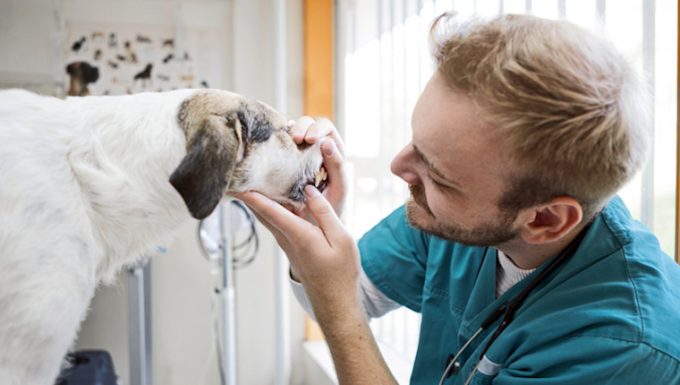Oral chondrosarcoma in dogs is a type of bone cancer that starts in the mouth. Specifically, the condition is caused by tumors in cartilage.
The condition is considered to be rare. But unfortunately large breeds of dog seem to develop it more than smaller dogs. Also, middle-aged and older dogs suffer from the condition more than younger pups.
Technically, chondrosarcoma…









